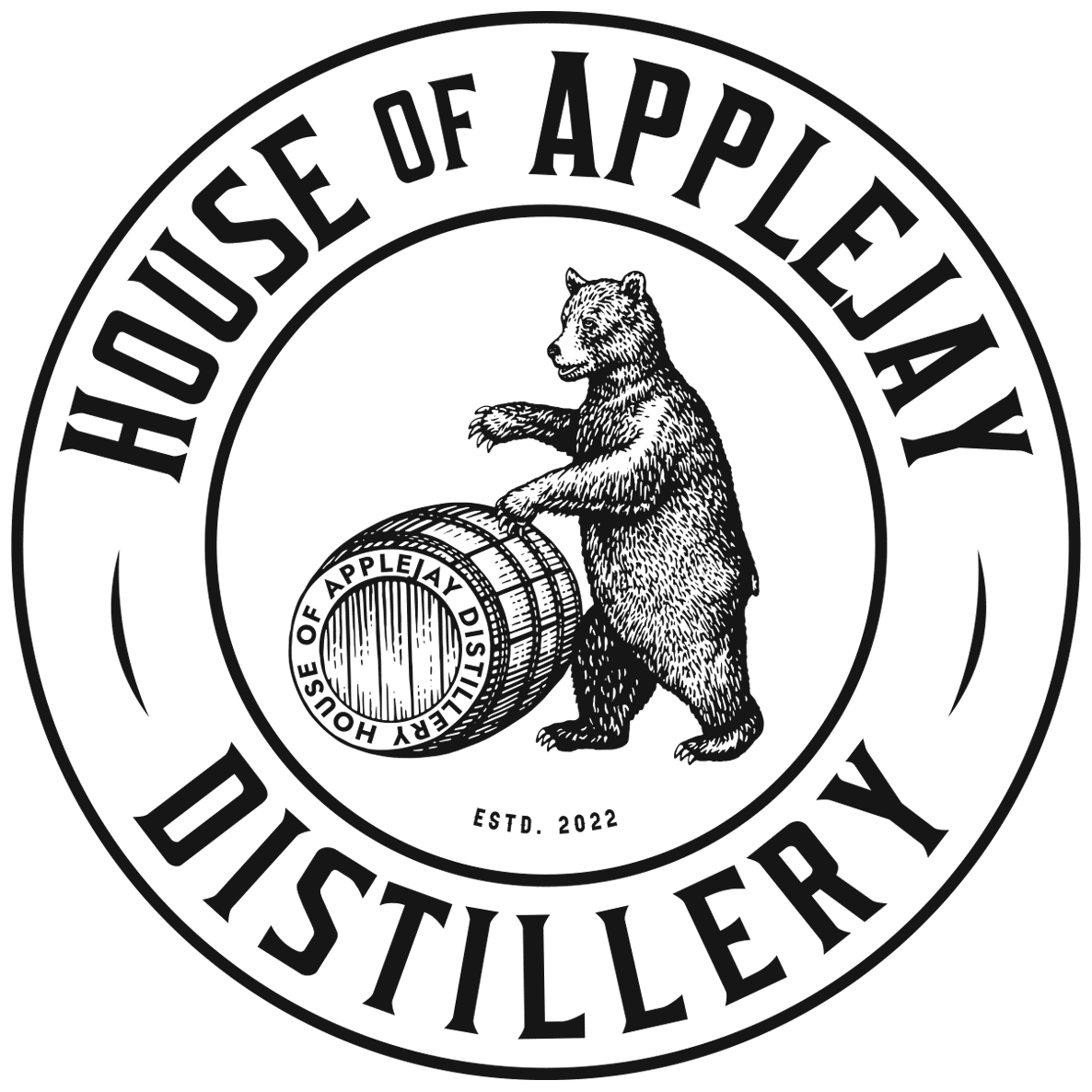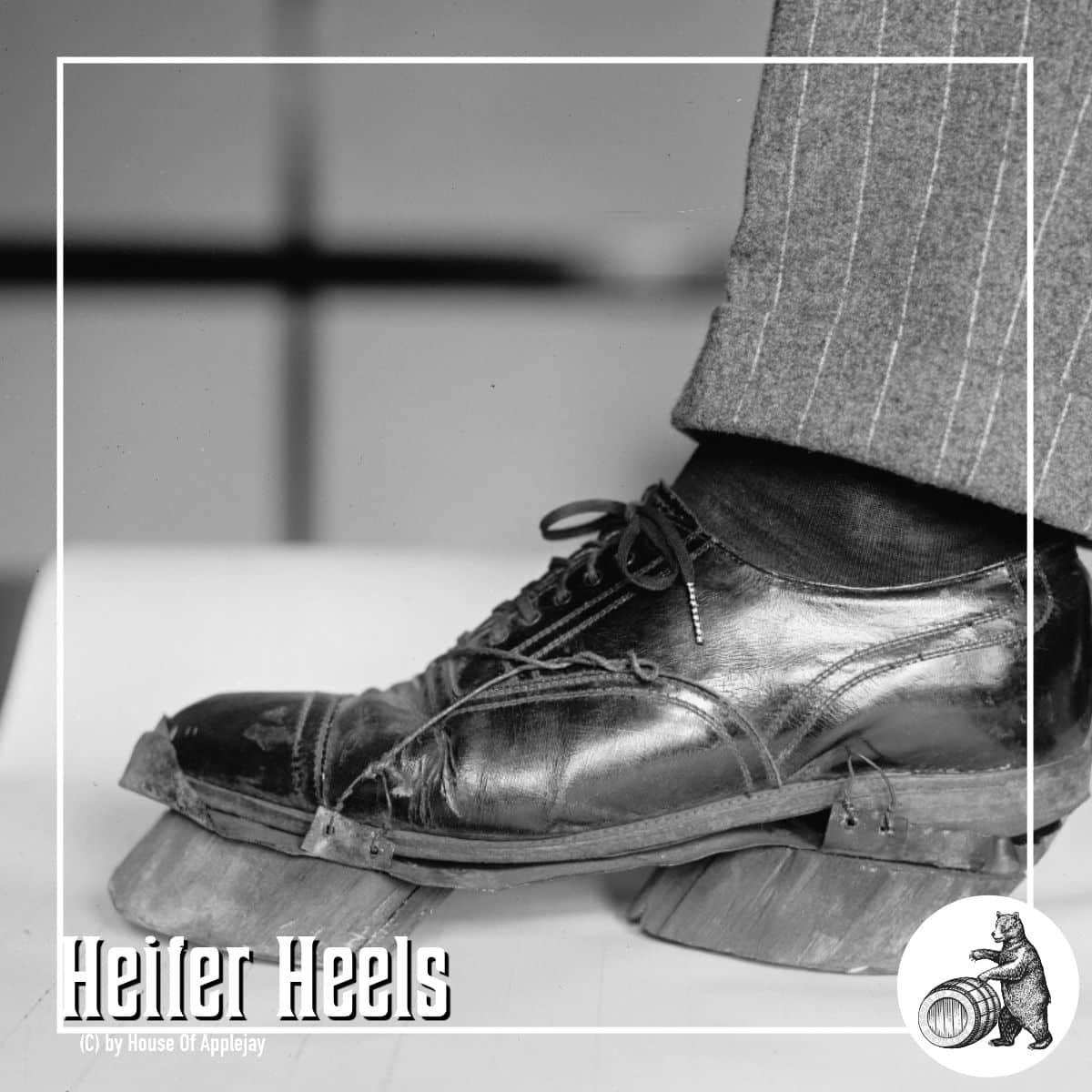Heifer Heels
A Prohibition-Era Smuggling Tactic
The term “heifer heels” is a fascinating part of Appalachian folklore, tied to the moonshine smuggling methods of the Prohibition era. It’s a term that conjures images of resourceful bootleggers moving their contraband alcohol through the rural backroads and rugged mountains of the South. But what exactly does “heifer heels” mean, and where did it originate? Let’s take a closer look at this clever smuggling tactic and the story behind it.
Heifer heels, also known as cow shoes, were an inventive footwear solution during the U.S. Prohibition era (January 17, 1920–December 5, 1933). Designed to aid moonshiners in evading law enforcement, these shoes left footprints resembling cow hooves, enabling illicit alcohol producers to move undetected through rural landscapes.
Historical Context
The Volstead Act enforced Prohibition, banning the production, sale, and transportation of alcoholic beverages, which drove moonshiners to operate illegal stills in remote areas. To avoid detection in agricultural regions where livestock tracks were common, they developed heifer heels. The concept was inspired by Sir Arthur Conan Doyle’s The Adventure of the Priory School, published in January 1904 in The Strand Magazine as part of The Return of Sherlock Holmes collection, where a character used fake cow hooves to mask horse tracks.
First Documented Use: The Florida Case
The earliest known reference to heifer heels, under the term “cow shoes,” appeared in the May 27, 1922, issue of The Evening Standard in St. Petersburg, Florida. The article described moonshiners in Florida using these shoes to leave hoof-like prints, deceiving authorities in rural, swampy, and wooded terrains where stills were hidden. By blending their footprints with cattle tracks, moonshiners complicated law enforcement efforts to trace their movements. In this case, prohibition agents seized a pair of these shoes, noting that the tactic, while ingenious, became less effective as agents learned to recognize the disguised tracks, illustrating the ongoing challenge moonshiners faced in evading authorities.
Design and Appearance
Heifer heels were crafted by attaching carved wooden blocks or, less commonly, actual cow hooves to standard boot soles. The blocks were shaped to replicate the split-hoof pattern of cattle, featuring two curved impressions that mimicked natural hoofprints. Secured with straps or nails, the shoes were lightweight yet sturdy, enabling moonshiners to move swiftly through muddy or grassy terrains while leaving convincing livestock-like tracks.
Cultural Significance
The term “heifer heels” was first documented significantly later, appearing in print in a 1958 article in The Seattle Times, which retrospectively described the Prohibition-era footwear used in the Pacific Northwest. The term derives from “heifer,” a standard agricultural term for a young female cow that has not yet borne a calf, reflecting the bovine mimicry central to the shoes’ design. “Heifer” is not slang but a common term in English-speaking rural areas, particularly in the United States, including the Pacific Northwest (e.g., Seattle) and the Southeast (e.g., Florida), where cattle farming was prevalent. The name “heifer heels” was likely coined in these agricultural communities to describe the shoes’ purpose and appearance. Though their use was likely limited to specific regions, heifer heels remain a notable example of creative problem-solving in response to Prohibition’s legal pressures.
Modern Perspective
Heifer heels remain a fascinating symbol of Prohibition-era ingenuity, frequently referenced in historical discussions, articles, and educational content. Recently, online history blogs and museum exhibits have highlighted their clever design, noting how moonshiners used them to mimic cattle tracks and evade law enforcement. These references emphasize the shoes’ role as a testament to the resourcefulness of individuals navigating the illicit alcohol trade during a pivotal period in American history.

